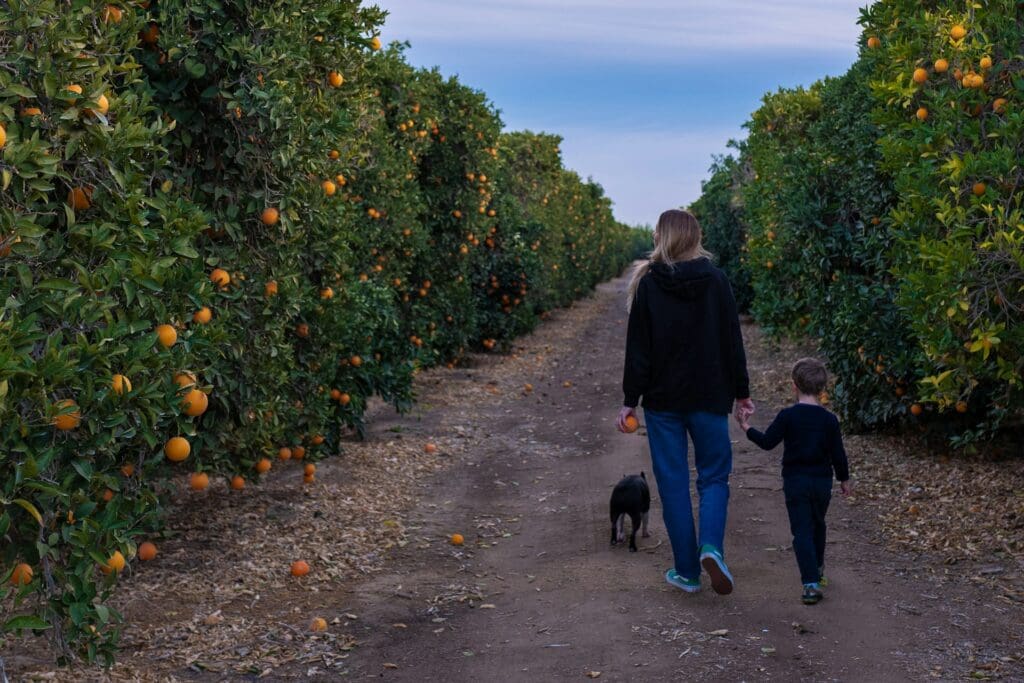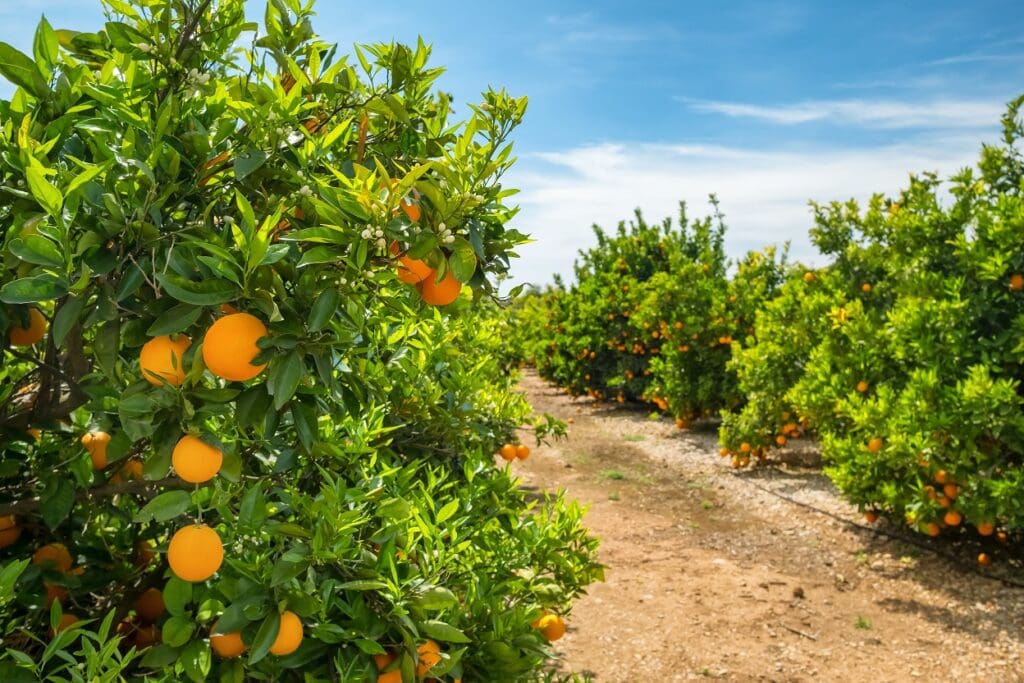Florida’s orange groves are shrinking faster than anyone imagined.
Growing up, many families in Jersey had Florida oranges at home. For the Sunshine State, it was a symbol of pride. Fast forward to the present day, the 2024–25 growing season wrapped up with only about 12 million boxes of oranges harvested—a steep drop of nearly 30 percent from last year. Just a generation ago, the state was producing over 240 million boxes annually. That’s not just a decline—it’s a collapse.
For many Floridians, orange juice was once a morning ritual and a symbol of homegrown success. Now, the price of a single carton tells a very different story. Behind the sticker shock is a perfect storm of disease, weather, and dwindling labor that’s threatening to end the state’s citrus legacy altogether.
While earlier findings by the U.S. Department of Agriculture showed that over 14.5 million boxes were produced during the 2024-2025 growing season, that’s still the lowest since hurricanes ravaged the state in the 1920s.
What’s Causing the Crisis
The biggest culprit is citrus greening—a bacterial disease that’s been ravaging groves since 2005. Spread by tiny psyllid insects, it slowly chokes a tree from the inside out. The fruit that does grow comes out small, bitter, and misshapen. Once the disease takes hold, there’s no cure. Every county in Florida with commercial citrus has been touched by it.
Add in punishing hurricanes, erratic temperatures, tariffs, and flooding, and the picture darkens. Many growers have already given up, unable to justify the costs of saving groves that may never fully recover. Growers from all over have become desensitized at this point, echoing the sentiment across the industry.

Scientists have tried nearly everything—heavy pesticide use, nutrient sprays, antibiotic—all with limited success. Newer experiments with gene editing offer a flicker of hope, producing trees that might resist the infection. But the technology is still years from wide adoption, and time is running out. What’s worse, owners desperate to escape this endless cycle have even sold off groves (and who could blame them).
Worker Shortage in Central Florida Towns
The human impact is just as severe. With immigration enforcement tightening in Central Florida, farms have lost many of their most experienced pickers and caretakers. For smaller operations, that’s been a final blow.
Globally, the ripple effect is clear. The same disease is now spreading through Brazil and China, two of the world’s largest orange producers. Florida, once the powerhouse of the citrus industry, is now a warning of what could come next.
For chefs, juice companies, and anyone who grew up with the scent of fresh oranges on a cool morning, the question hangs heavy: if Florida can’t save its oranges, who can?
The Garden State has felt a similar impact in 2025 as well. If you’ve gone apple picking in New Jersey this year, you know that the season’s dry climate and increased temperature have produced smaller apples and fewer fruit.
Michael is the Editor-in-Chief of New Jersey Digest and Creative Director at X Factor Media. A Bergen County native, he discovered his passion for storytelling while studying at Montclair State University. In addition to his work in journalism and media, Michael is an avid fiction writer. Outside the office, he enjoys kayaking, a bold glass of Nebbiolo, and the fine art of over-editing.
- Michael Scivolihttps://thedigestonline.com/author/mscivoli/
- Michael Scivolihttps://thedigestonline.com/author/mscivoli/
- Michael Scivolihttps://thedigestonline.com/author/mscivoli/
- Michael Scivolihttps://thedigestonline.com/author/mscivoli/




